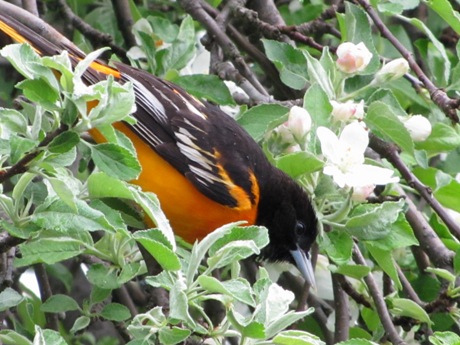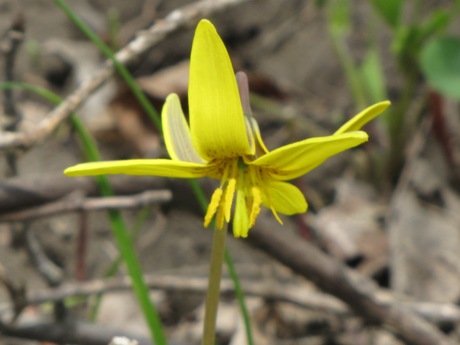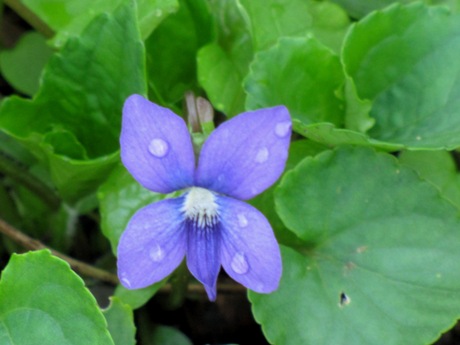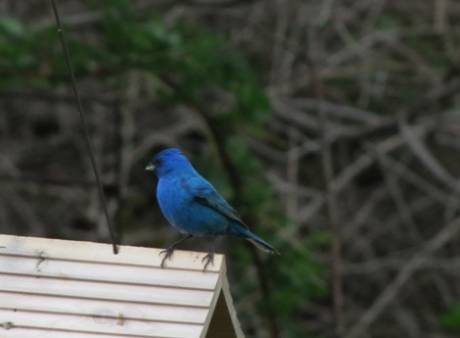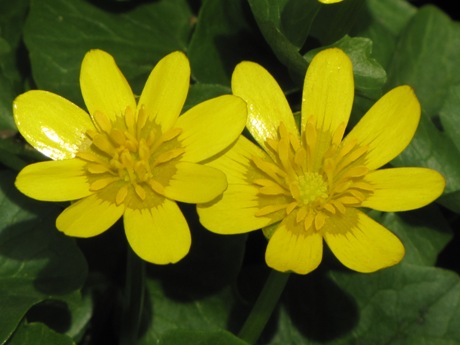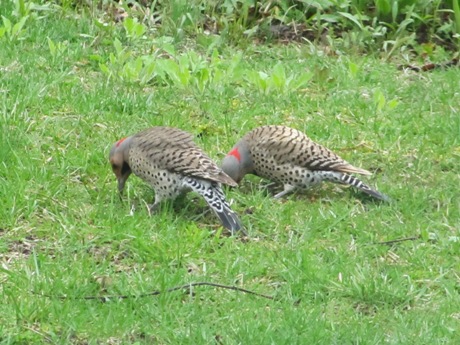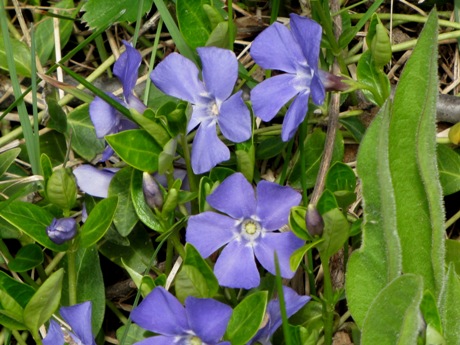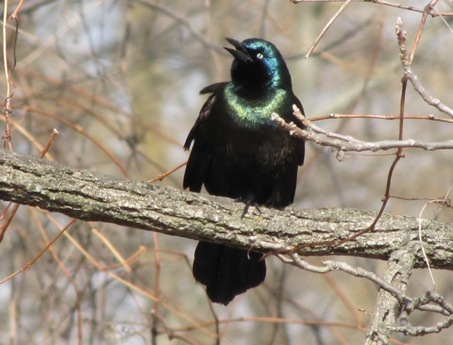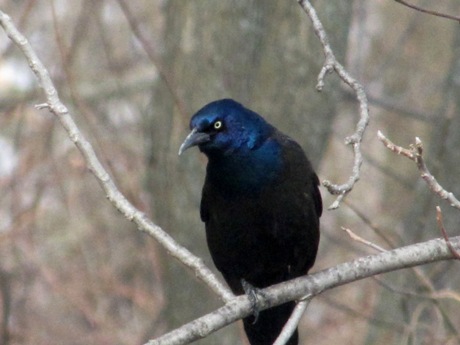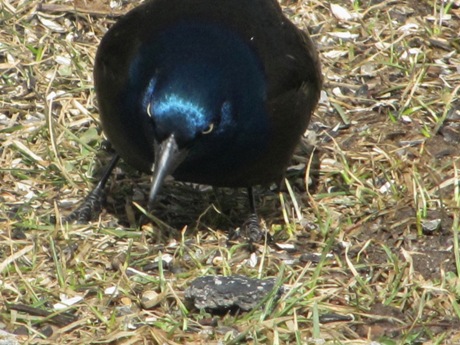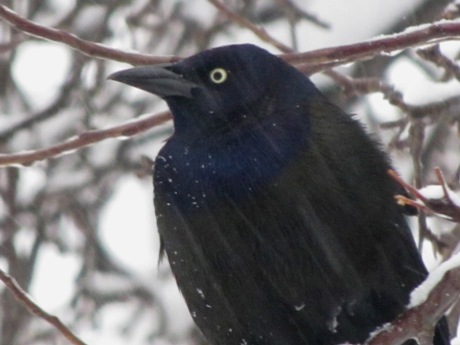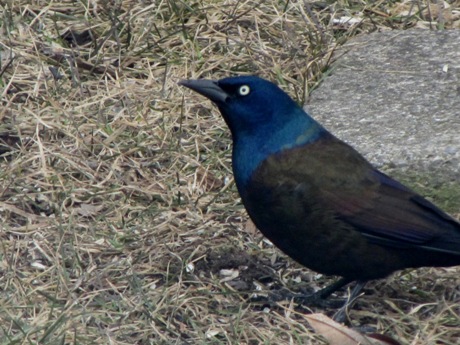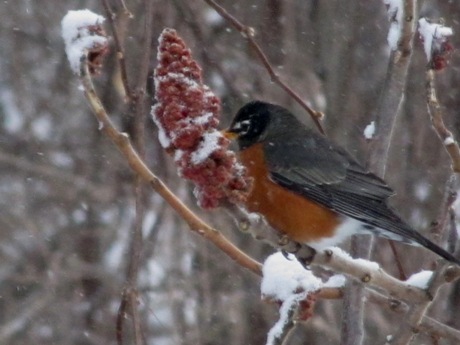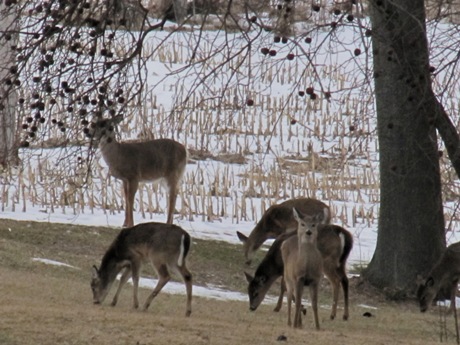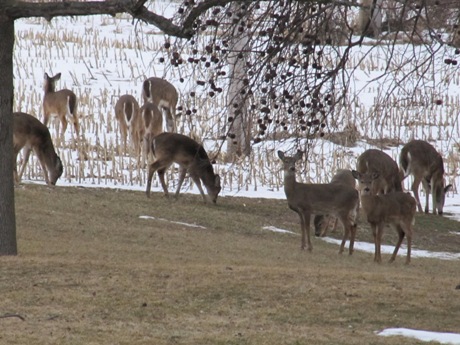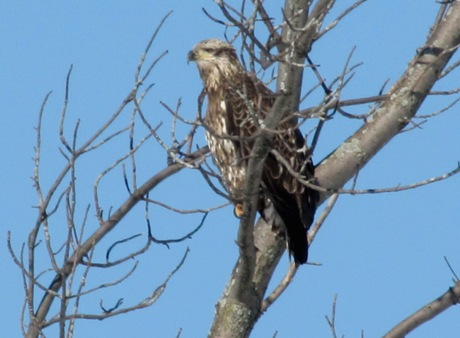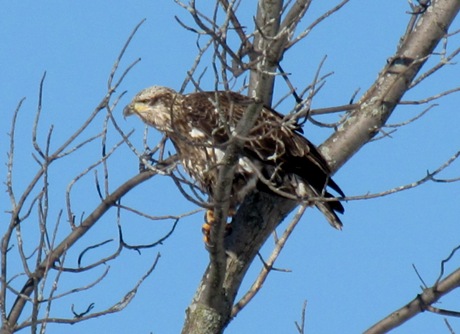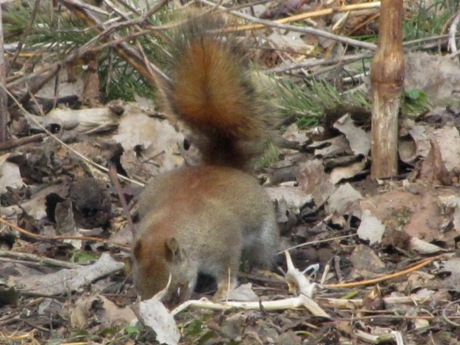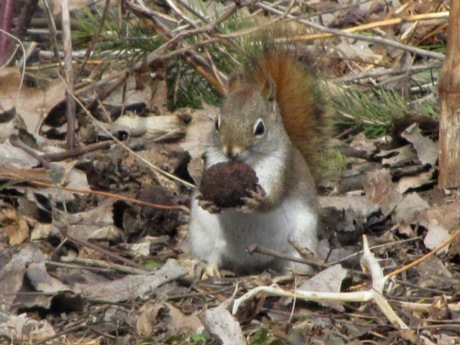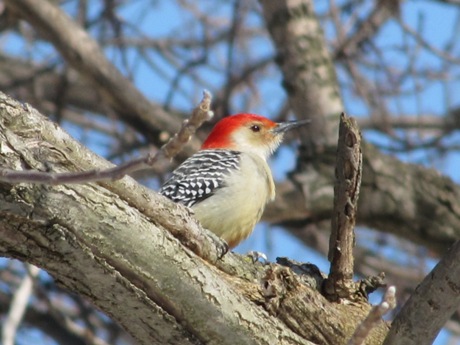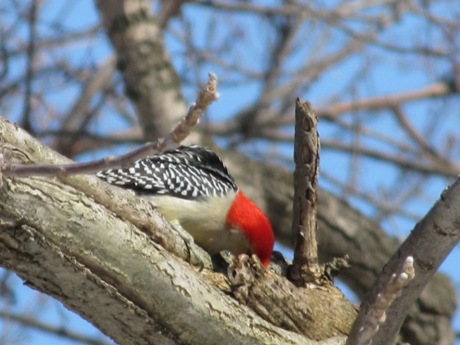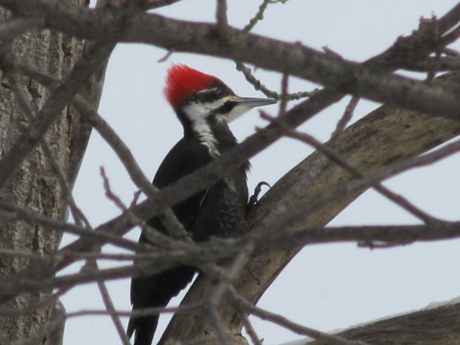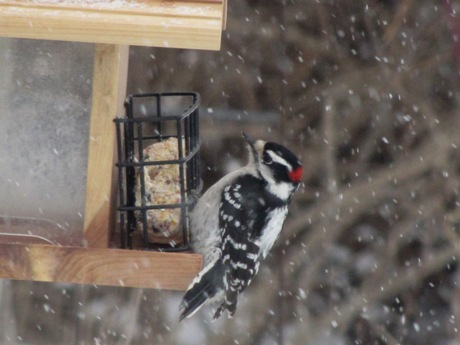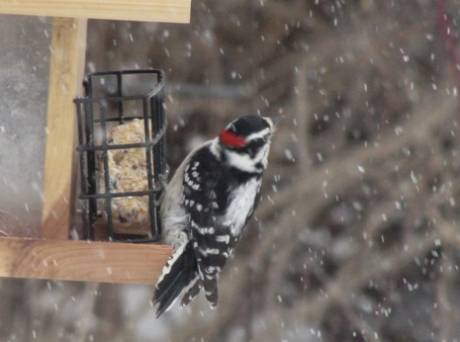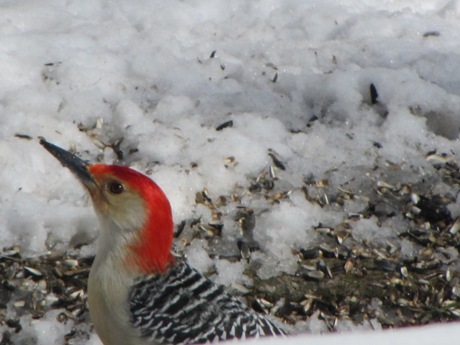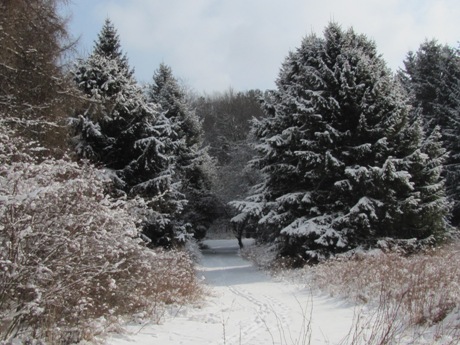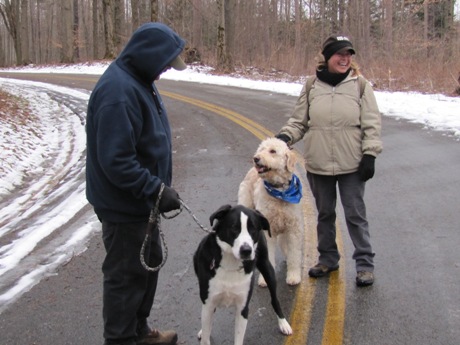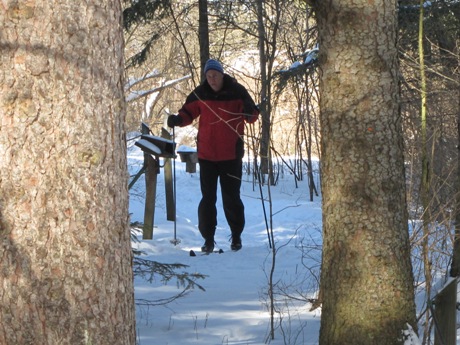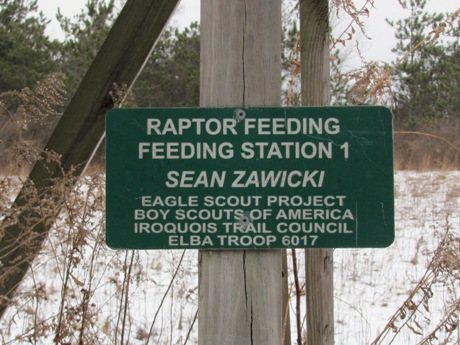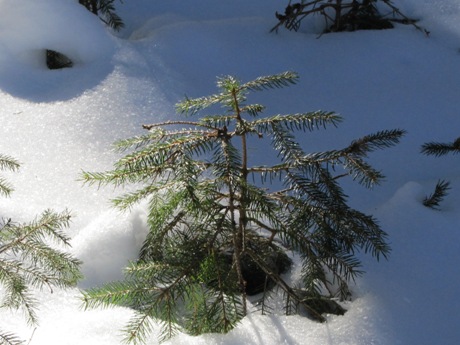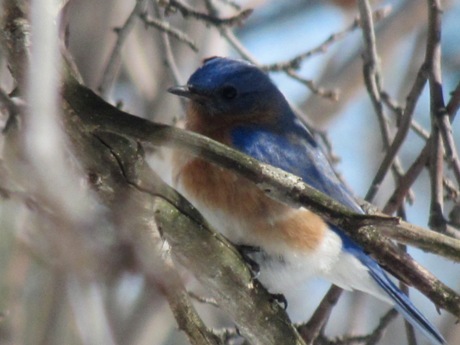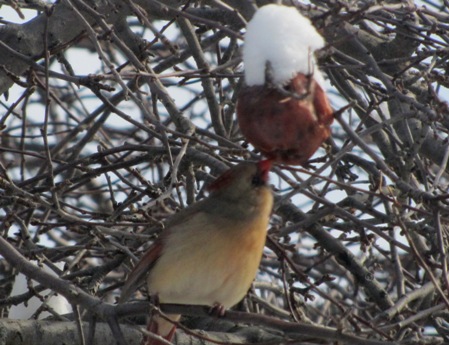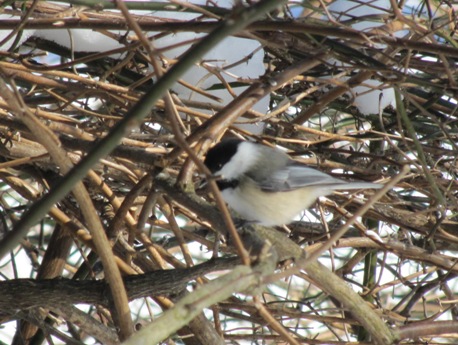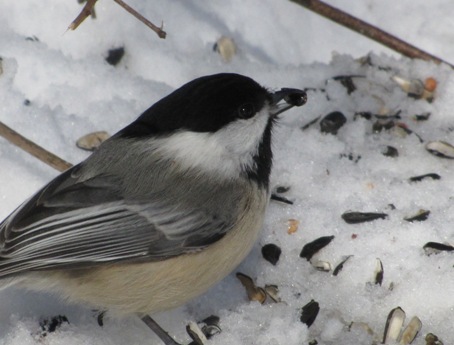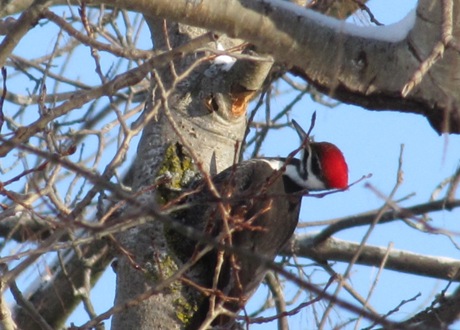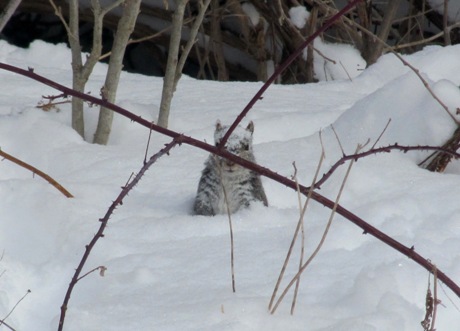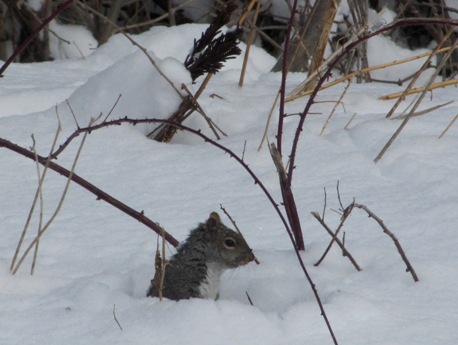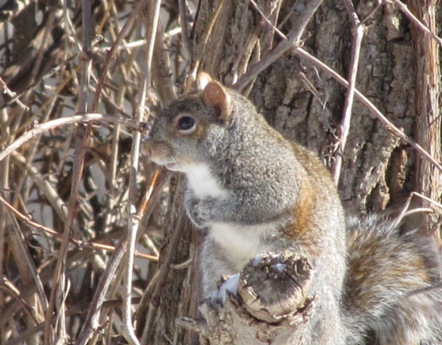Snowy owls have become Batavia's latest tourist attraction. Birders are driving out to the Genesee County Airport from miles around to see the majestic raptors.
"It's very special to come out and see such an unusual bird," said Leslie Phillips, a Rochester resident who read about the "irruption" of snowy owls in Batavia through an e-mail discussion list for birders.
Irruptions are the irregular southern migrations exhibited by bird species that typically winter in Canada and the extreme northern United States, according to Cornell University's Project Feederwatch.
She was among six or seven birders who were on State Street Road this afternoon with scopes and binoculars watching the owls perched on snow banks or fence posts.
David Genesky, a conservationist who specializes in raptors, spent much of the day trapping the owls on behalf of a national snowy owl research program.
By 5 p.m. he had caught eight and believed there were at least two more in the airport area. (CORRECTION: It's eight for the season, three on Tuesday.)
Genesky collected a feather, for a DNA sample, and weighed each bird before banding it and releasing it. The whole process took about five minutes per bird.
"Personally, I just want to make sure the species is OK," Genesky said. "There's a lot of talk about global warming and climate change and how it would effect their nesting areas, and for me personally, that's what I'm concerned about."
Genesky said the collection of snowy owls at the airport is a great opportunity for the public to see one of the great birds of the wild up close.
"They've been as steady as can be for the last month," Genesky said. "People have come from miles away and gotten good looks at them."
Sharon Leising hasn't had to travel far this winter to see the owls. She lives on State Street Road, and when she heard about the trapping project today, she had to meet up with Genesky and learn about what he was doing. She was at the Emergency Training Center when Genesky brought one of the birds in for cataloging (inset photo; photo courtesy Sharon Leising).
"This is so exciting, to have something like this happen in our area," Leising said. "They're such beautiful birds."
Typically, snowy owls make their homes in the Arctic and don't often congregate in such numbers in the northeast.
"This year is probably is biggest number in 40 years," Genesky said. "It's very rare to get this many birds in the Northeastern United States. The Western states have fewer birds. They seem to have concentrated here."
Genesky said the local snowy owl population seems to be in good shape.
"Believe me, these birds are all healthy," he said. "They're not starving."
While there may be as many as a dozen snowy owls in the airport area, that number will thin soon to one or two as the birds establish their territories for the rest of the winter. Grenesky said anybody interested in seeing the birds should get out to the airport soon.
Leslie Phillips
